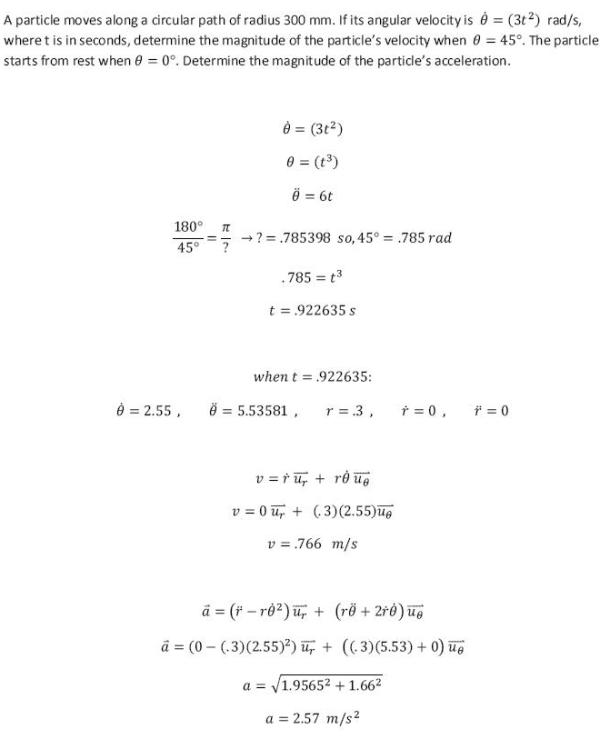dynamics math problems engineering equations dynamics basic mechanics school homework engineering math dynamics formulas dynamics problems dynamics problem solutions to dynamics problems full solution dynamics engineering dynamics problem solution dynamics math problems engineering equations dynamics basic mechanics school homework engineering math dynamics formulas dynamics problems dynamics problem solutions to dynamics problems full solution dynamics engineering dynamics problem solution
dynamics math problems engineering equations dynamics basic mechanics school homework engineering math dynamics formulas dynamics problems dynamics problem solutions to dynamics problems full solution dynamics engineering dynamics problem solution dynamics math problems engineering equations dynamics basic mechanics school homework engineering math dynamics formulas dynamics problems dynamics problem solutions to dynamics problems full solution dynamics engineering dynamics problem solution
A particle moves along a circular path of radius 300 mm. If its angular velocity is theta dot=3(t^2) rad/s, where t is in seconds, determine the magnitude of the particle's velocity when theta=45 degrees. The particle starts from rest when theta=0 degrees. Determine the magnitude of the particle's acceleration.

A particle moves along a circular path of radius 300 mm. If its angular velocity is theta dot=3(t^2) rad/s, where t is in seconds, determine the magnitude of the particle's velocity when theta=45 degrees. The particle starts from rest when theta=0 degrees. Determine the magnitude of the particle's acceleration.
